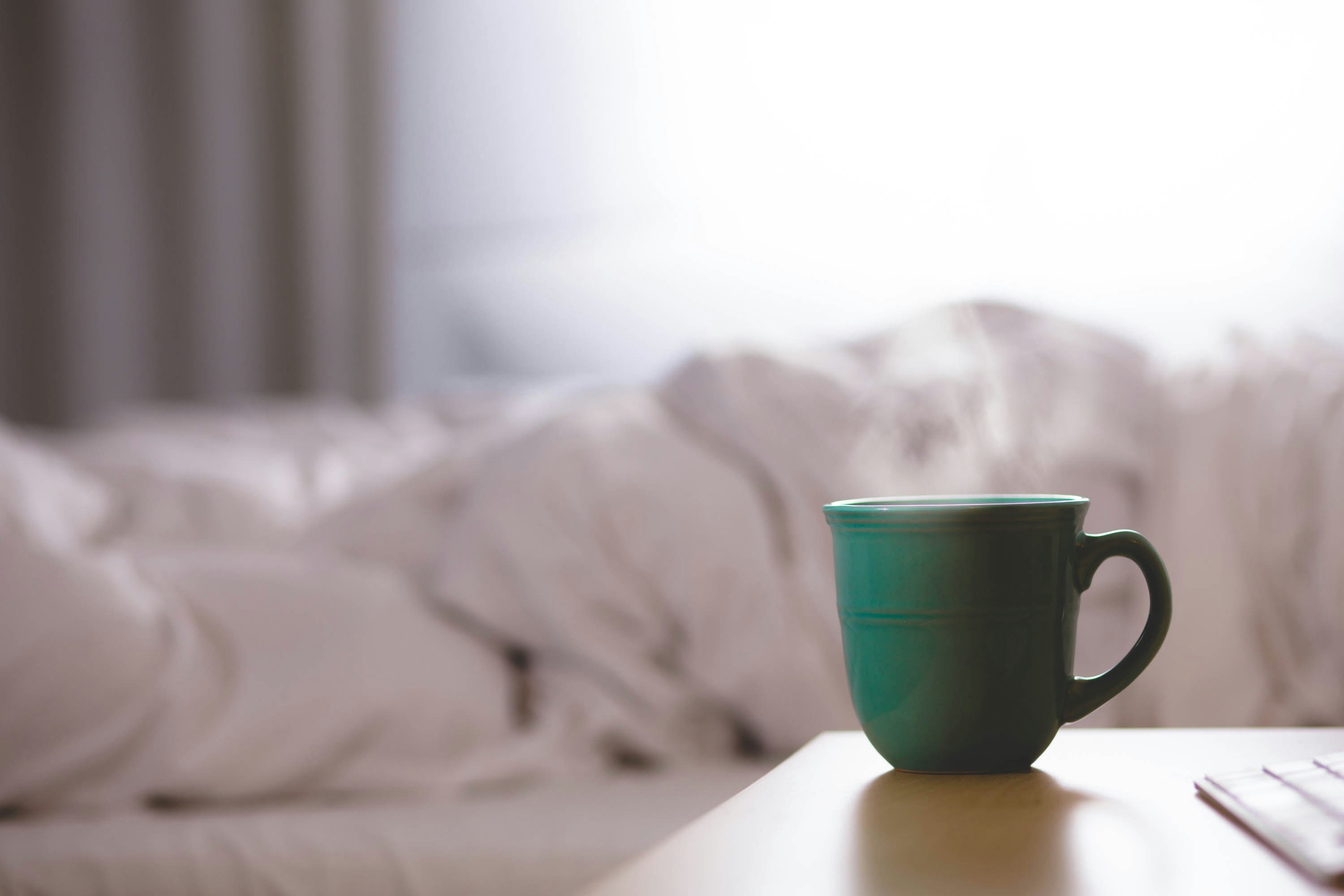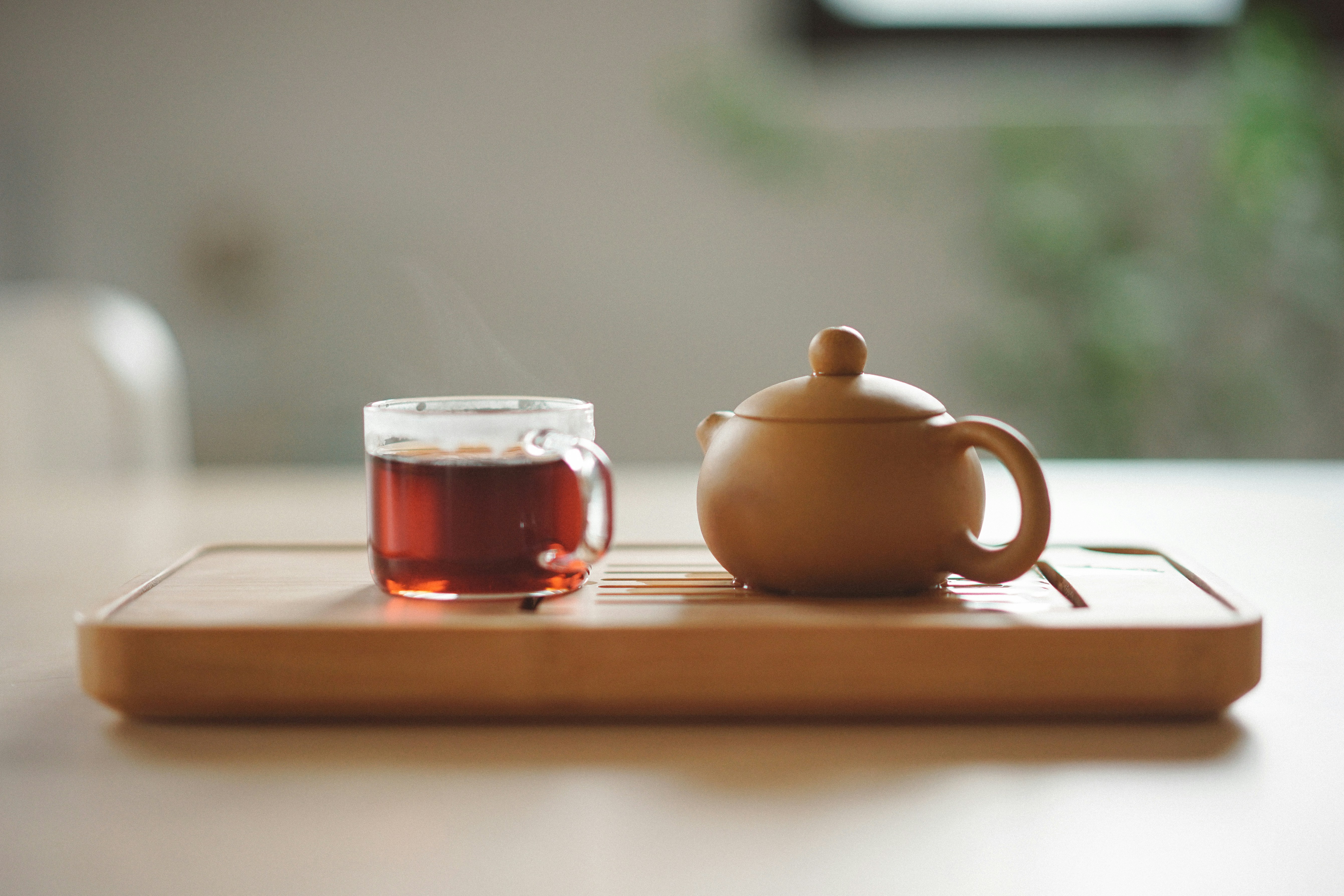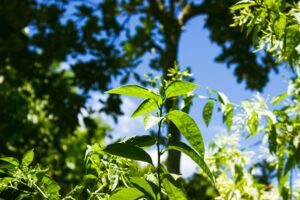Support our educational content for free when you purchase through links on our site. Learn more
What Herbs Are Best to Mix Together for Tea? [2024]
An Expert Guide to Creating Delicious and Unique Herbal Tea Blends
Have you ever wondered what herbs are best to mix together for tea? If you’re a tea enthusiast like us, you know that blending herbs can create a whole new world of flavors and aromas. In this comprehensive guide, we’ll walk you through the art of blending herbs for tea, providing you with expert tips, flavor profiles, and our top 9 herb and ingredient combinations for tea. So grab your favorite mug and let’s dive in!
Quick Answer
When it comes to blending herbs for tea, the possibilities are endless. However, some herb combinations have proven to be particularly delightful. Here are our top 9 herb and ingredient combinations for tea:
- Chamomile and Lavender
- Peppermint and Lemon Verbena
- Ginger and Turmeric
- Hibiscus and Rosehip
- Lemon Balm and Lemon Grass
- Elderflower and Linden Flowers
- Rooibos and Vanilla
- Nettle and Raspberry Leaf
- Holy Basil and Cinnamon
Each of these combinations offers a unique flavor profile and a range of health benefits. Experiment with different ratios and find the blend that suits your taste buds best.
CHECK PRICE on: Chamomile | Lavender | Peppermint | Lemon Verbena | Ginger | Turmeric | Hibiscus | Rosehip | Lemon Balm | Lemon Grass | Elderflower | Linden Flowers | Rooibos | Vanilla | Nettle | Raspberry Leaf | Holy Basil | Cinnamon)
Quick Tips and Facts
Before we dive into the art of blending herbs for tea, here are some quick tips and facts to keep in mind:
- Use high-quality, organic herbs for the best flavor and health benefits.
- Experiment with different ratios to find your perfect blend.
- Store your herbs in airtight containers away from light and moisture to maintain freshness.
- Herbal teas are caffeine-free and safe for kids to drink.
- Consider the health benefits of each herb when creating your blends.
Now that you have the basics, let’s explore the background and history of blending herbs for tea.
The Art of Blending Herbs for Tea: A Brief History

The practice of blending herbs for tea dates back centuries, with different cultures around the world embracing the art of creating unique flavor combinations. In ancient China, herbal teas were used for their medicinal properties, while in Europe, herbal infusions were enjoyed for their soothing and aromatic qualities.
Today, blending herbs for tea has become a popular practice among tea enthusiasts, allowing them to create personalized blends that cater to their taste preferences and health needs. By combining different herbs, flowers, spices, and fruits, you can unlock a world of flavors and aromas that will tantalize your senses.
What Do You Need to Blend Your Herbal Tea?
To start blending your own herbal tea, you’ll need a few essential tools and ingredients. Here’s what you’ll need:
- High-quality herbs: Choose organic herbs that are free from pesticides and other harmful chemicals. Look for reputable brands or consider growing your own herbs for a truly farm-to-cup experience.
- Tea strainer or infuser: A tea strainer or infuser will help you steep your herbal blends without any loose particles floating in your cup. Opt for a stainless steel or silicone strainer for durability.
- Glass jars: Glass jars are perfect for storing your herbal blends. They help preserve the flavors and aromas while adding a touch of elegance to your tea collection. Don’t forget to label your jars to keep track of your blends.
CHECK PRICE on: Glass Jars | Tea Strainer
Now that you have the necessary tools, let’s explore the basic formula for creating herbal tea blends.
Basic Formula for Herbal Tea Blends
Creating a well-balanced herbal tea blend requires understanding the basic formula. Here’s a breakdown of the components:
- Mellow base ingredients: These herbs provide a smooth and calming base for your blend. Chamomile, peppermint, lemon balm, and linden flowers are excellent choices for a mellow base.
- Stronger star ingredients: These herbs add depth and character to your blend. Roots like licorice, chicory, dandelion, and ginger, as well as flowers like elderflower and hibiscus, make great star ingredients.
- Accent flavors: These ingredients add a pop of flavor and aroma to your blend. Citrus peel, cinnamon, rosehip, ginger, cardamom, lavender, and fennel seed are popular choices for accent flavors.
By combining these three components in different ratios, you can create a wide range of herbal tea blends that cater to your taste preferences. Don’t be afraid to experiment and find your perfect balance.
Key Flavor Profiles when Blending Teas and Tisanes
When blending herbs for tea, it’s important to consider the flavor profiles of each ingredient. Here are some key flavor profiles to keep in mind:
- Citrusy: Citrus peel, lemon verbena, and lemongrass add a refreshing and tangy note to your blends.
- Minty: Peppermint, spearmint, and chocolate mint provide a cool and invigorating flavor.
- Floral: Lavender, rose petals, and chamomile offer a delicate and aromatic touch to your blends.
- Warm and spiced: Cinnamon, ginger, cardamom, and cloves create a cozy and comforting flavor profile.
By combining herbs with different flavor profiles, you can create complex and well-rounded blends that will delight your taste buds.
Pairing Teas with Food: Enhancing the Culinary Experience
Blending herbs for tea not only allows you to create delicious and unique flavors but also opens up a world of culinary possibilities. Just like wine pairing, tea pairing can enhance the flavors of your favorite dishes. Here are some herb and ingredient combinations that pair well with different types of food:
- Chamomile and Lavender: Pair with light salads, seafood, and desserts.
- Peppermint and Lemon Verbena: Perfect with chocolate, lamb, and citrus-based dishes.
- Ginger and Turmeric: Complements Asian cuisine, curries, and spicy dishes.
- Hibiscus and Rosehip: Goes well with grilled meats, cheeses, and fruity desserts.
- Lemon Balm and Lemon Grass: Enhances poultry, seafood, and citrus-based dishes.
- Elderflower and Linden Flowers: Pairs beautifully with creamy desserts, cheeses, and light pastries.
- Rooibos and Vanilla: Perfect for pairing with chocolate, caramel, and nutty desserts.
- Nettle and Raspberry Leaf: Complements roasted vegetables, poultry, and earthy dishes.
- Holy Basil and Cinnamon: Goes well with Indian cuisine, spiced desserts, and chai-inspired dishes.
Experiment with different pairings and let your taste buds guide you to the perfect combination.
Best 9 Herb & Ingredient Combinations for Tea (+ Food Pairings)
Now, let’s dive into our top 9 herb and ingredient combinations for tea, along with their recommended food pairings:
- Chamomile and Lavender: This soothing blend offers a delicate floral aroma and pairs well with light salads, seafood, and desserts.
- Peppermint and Lemon Verbena: The refreshing combination of mint and citrus is perfect for pairing with chocolate, lamb, and citrus-based dishes.
- Ginger and Turmeric: This spicy blend adds warmth and depth to your tea and complements Asian cuisine, curries, and spicy dishes.
- Hibiscus and Rosehip: The tart and fruity flavors of hibiscus and rosehip go well with grilled meats, cheeses, and fruity desserts.
- Lemon Balm and Lemon Grass: This zesty blend enhances poultry, seafood, and citrus-based dishes, adding a burst of freshness.
- Elderflower and Linden Flowers: The delicate floral notes of elderflower and linden flowers pair beautifully with creamy desserts, cheeses, and light pastries.
- Rooibos and Vanilla: This rich and aromatic blend is perfect for pairing with chocolate, caramel, and nutty desserts.
- Nettle and Raspberry Leaf: The earthy flavors of nettle and raspberry leaf complement roasted vegetables, poultry, and earthy dishes.
- Holy Basil and Cinnamon: This spicy and aromatic blend is ideal for pairing with Indian cuisine, spiced desserts, and chai-inspired dishes.
CHECK PRICE on: Chamomile | Lavender | Peppermint | Lemon Verbena | Ginger | Turmeric | Hibiscus | Rosehip | Lemon Balm | Lemon Grass | Elderflower | Linden Flowers | Rooibos | Vanilla | Nettle | Raspberry Leaf | Holy Basil | Cinnamon)
Frequently Asked Questions
What herbs go good together in tea?
When it comes to blending herbs for tea, the key is to experiment and find combinations that suit your taste preferences. However, some popular herb combinations include chamomile and lavender, peppermint and lemon verbena, and ginger and turmeric. Feel free to mix and match herbs to create your own unique blends.
What herbs make tea taste better?
Herbs like chamomile, peppermint, lemon balm, and lavender can add a delightful flavor and aroma to your tea. Additionally, spices like cinnamon, ginger, and cardamom can enhance the taste of your blends. Don’t be afraid to get creative and try different combinations to find your perfect cup of tea.
What herbs are good to infuse in tea?
There are countless herbs that can be infused in tea to add flavor and health benefits. Some popular choices include chamomile, peppermint, lemon verbena, ginger, hibiscus, rosehip, and lavender. Experiment with different herbs and find the ones that resonate with your taste buds.
How many herbs can you put in a tea?
The number of herbs you can put in a tea blend depends on your personal preference and the desired flavor profile. Some blends may only require two or three herbs, while others can incorporate a dozen or more. Start with a few herbs and gradually add more to find the perfect balance for your taste.
Conclusion

Blending herbs for tea is a delightful and creative process that allows you to create unique flavors and aromas. By experimenting with different herb combinations, you can unlock a world of taste sensations that will elevate your tea-drinking experience. Remember to use high-quality herbs, consider the flavor profiles, and don’t be afraid to pair your blends with delicious dishes.
So go ahead, grab your favorite herbs, and start blending your own herbal tea creations. Your taste buds will thank you!
Recommended Links
- Green Tea Cultivation: Learn more about cultivating green tea and discover the secrets to growing your own tea leaves.
- Herbal Tea Planting: Dive into the world of herbal tea planting and discover the best practices for growing your own herbs.
- Tea Plant Varieties: Explore the different varieties of tea plants and learn how to choose the right one for your tea garden.
- Soil and Climate for Tea: Understand the importance of soil and climate when it comes to growing tea and discover how to create the perfect environment for your tea plants.
Reference Links
- Farm to Jar – Herbal Tea Blending Guide: Learn more about blending herbal teas and discover additional tips and recipes for creating your own unique blends.
Remember, the art of blending herbs for tea is a journey of exploration and discovery. So don’t be afraid to get creative, try new combinations, and let your taste buds guide you. Happy blending!



